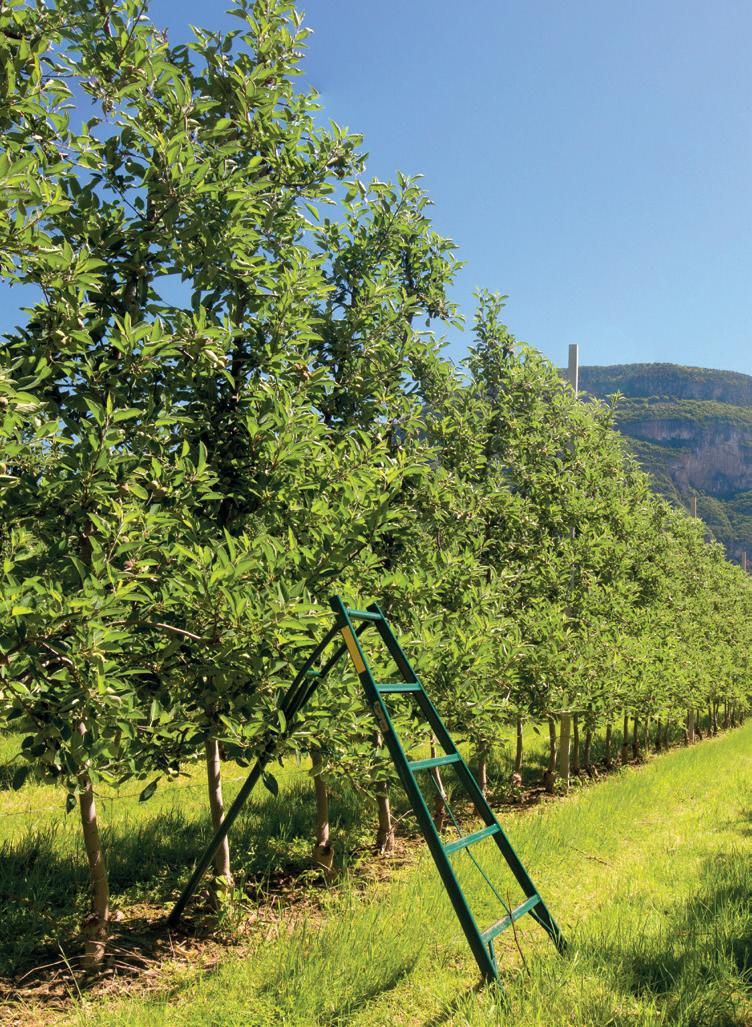TABLE OF CONTENTS
Preface Introduction
5 6
1
PLANT HOSTS OF APPLE PROLIFERATION PHYTOPLASMA Geographic distribution and impact of AP in European apple growing regions Germany Northern Italy - South Tyrol, Trentino, Piedmont and Valle d’Aosta AP in other European regions and the Middle East Symptoms Specific symptoms Non-specific symptoms Co-occurrence of symptoms Symptom assessment to determine the degree of infestation Legal regulations Host-pathogen interactions Molecular aspects of symptom development in the apple tree Insect vector independent 'Ca. P. mali' transmission Latent infected plant material – an infectious time bomb? The phenomenon of recovery Resistant plant material – the ideal solution? 'Ca. P. mali' host plants Interactions between the endophytic microbial community and phytoplasmas
9 10 10 11 14 15 15 15 17 18 18 19 20 23 24 26 27 28 29
2
THE CAUSATIVE AGENT OF APPLE PROLIFERATION Taxonomy, phylogeny and molecular characterization of 'Ca. P. mali' Molecular diagnosis
33 34 36
3
INSECTS AS VECTORS OF APPLE PROLIFERATION PHYTOPLASMA Apple proliferation spread over long distance Biology, ecology and vectoring capability of AP vectors Cacopsylla picta and Cacopsylla melanoneura Fieberiella florii Insect vector monitoring Visual inspection Beating tray Sticky traps Sweep-net Control strategies against the vectors Development of sustainable control strategies
39 40 41 41 44 45 46 46 46 47 48 49
3


